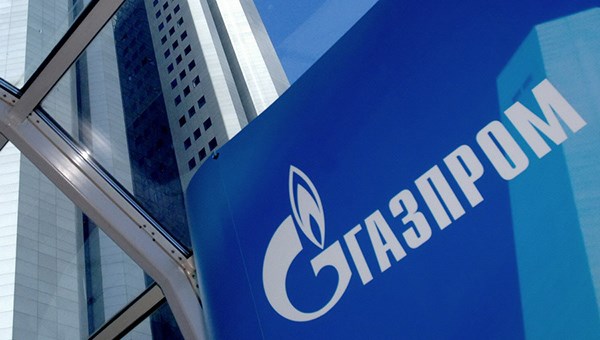Russia's Gazprom announces plans to build new pipelines to Europe
Even before completing the Nord Stream 2 pipeline and disassembling the redundant gas corridor for South Stream, Gazprom is dreaming of new multi-billion dollar projects.
The company plans to build new gas pipelines to the EU in order to meet the increased demand for Russian gas, said Alexander Medvedev, Deputy Chairman of the Gazprom Management Committee, at the Russian Energy Week forum on Wednesday.
“New transport routes need to be created,” he emphasized, adding that this is supposedly “vitally necessary for Europe”.
In the next 7 years, the EU will require at least an additional 60 billion cubic meters of gas per year, and 80 billion by 2030, Medvedev claims.
“More and more experts, analysts and industrialists are now inclined to think that these figures are actually understated, and that the additional import volumes may be in excess of 100 billion cubic meters per year,” he added.
This is not the first year that Gazprom and Russian officials have been predicting a sharp growth in Europe’s gas demand, observes CEO of East European Gas Analysis Mihkail Korchemkin.
In 2010, Vladimir Putin, who was Russia’s Prime Minister at the time, said that “according to all the experts, the demand for gas in Europe will jump by 200 billion cubic meters per year in 10 years”.
In actual fact, demand fell by almost 17%: last year the EU required 497 billion cubic meters as compared to 597 billion seven years ago. By 2040, the International Energy Agency predicts that the annual demand will fall to 454 billion.
“The old gas pipelines are now running virtually at half capacity,” explains RusEnergy partner Mikhail Krutikhin. “Gazprom expected to get gas from the giant deposits in the north of the Tyumen province – Urengoy, Festivalnoe, Medvezhye and other well known ones. But there the gas is already coming at low pressure, they are nearing exhaustion. And it would be possible to connect new gas to the old pipe and send it to the West”.
Gazprom has a habit of opting for the most expensive options, the expert observes. Officially, the Force of Siberia, Turkish Stream and Nord Stream 2 will cost $21 billion. However, so-called “sunk costs” of $44 billion must also be added to this figure – the cost of building corridors within Russia, which the company paid for completely out of its own pocket.
One such corridor, which was supposed to provide the South Stream that the EU ultimately blocked, is now being dismantled by Gazprom.
506 kilometers of pipeline, laid along the Pochinki-Anapa route – from the Saratov Province to Krasnodar Krai – will also be removed, together with the Morshanskaya gas measurement station. Initially there were plans to connect them up to the Turkish Stream, but Ankara only agreed to two out of the projected four lines, de facto refusing to be the country to transit Russian gas to Europe.
“When the projects end, I think that Gazprom will start to quickly replace their own pipes, which could have worked perfectly well, throughout the country. These boys don’t miscalculate,” Krutikhin sneers.
